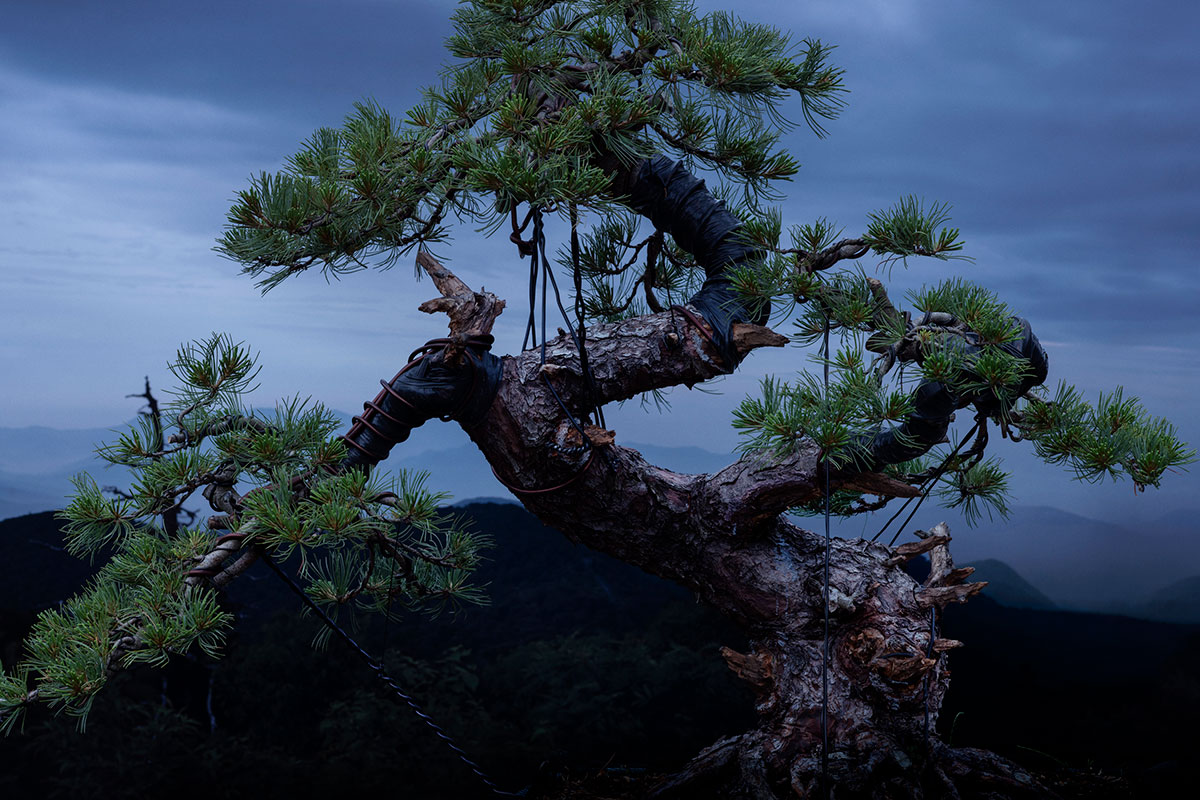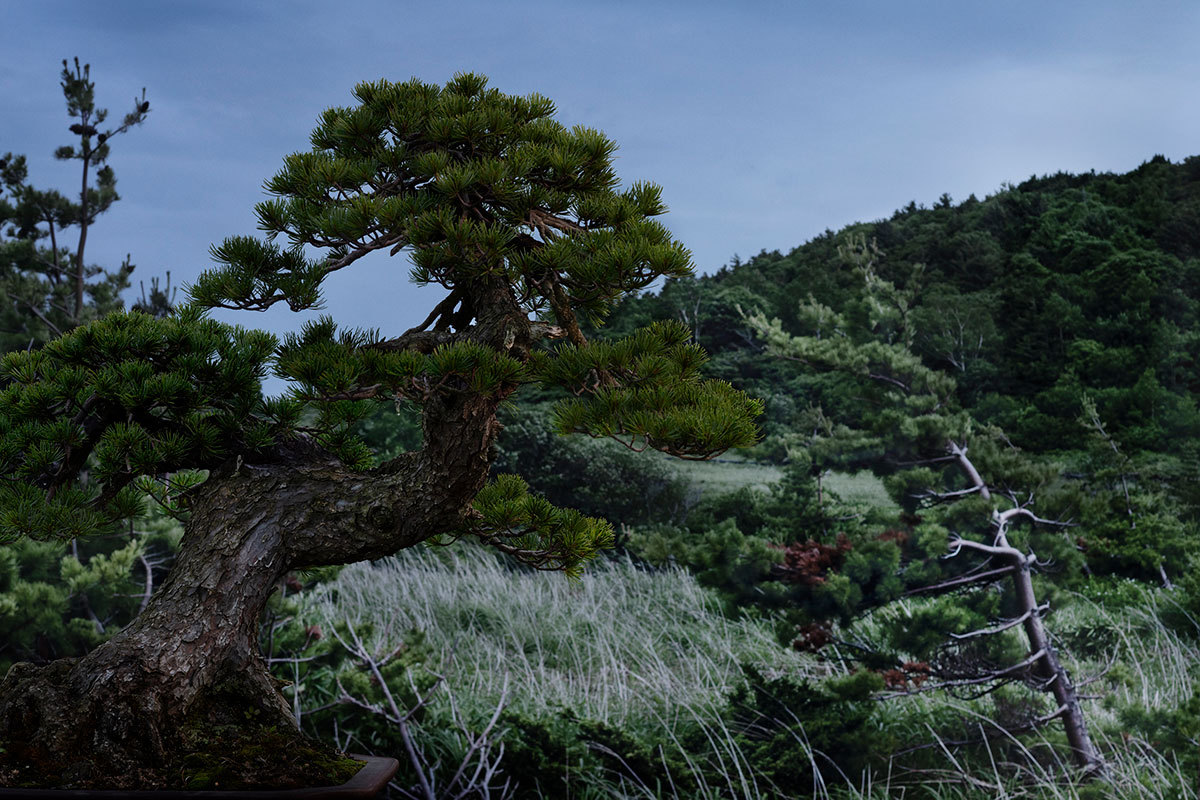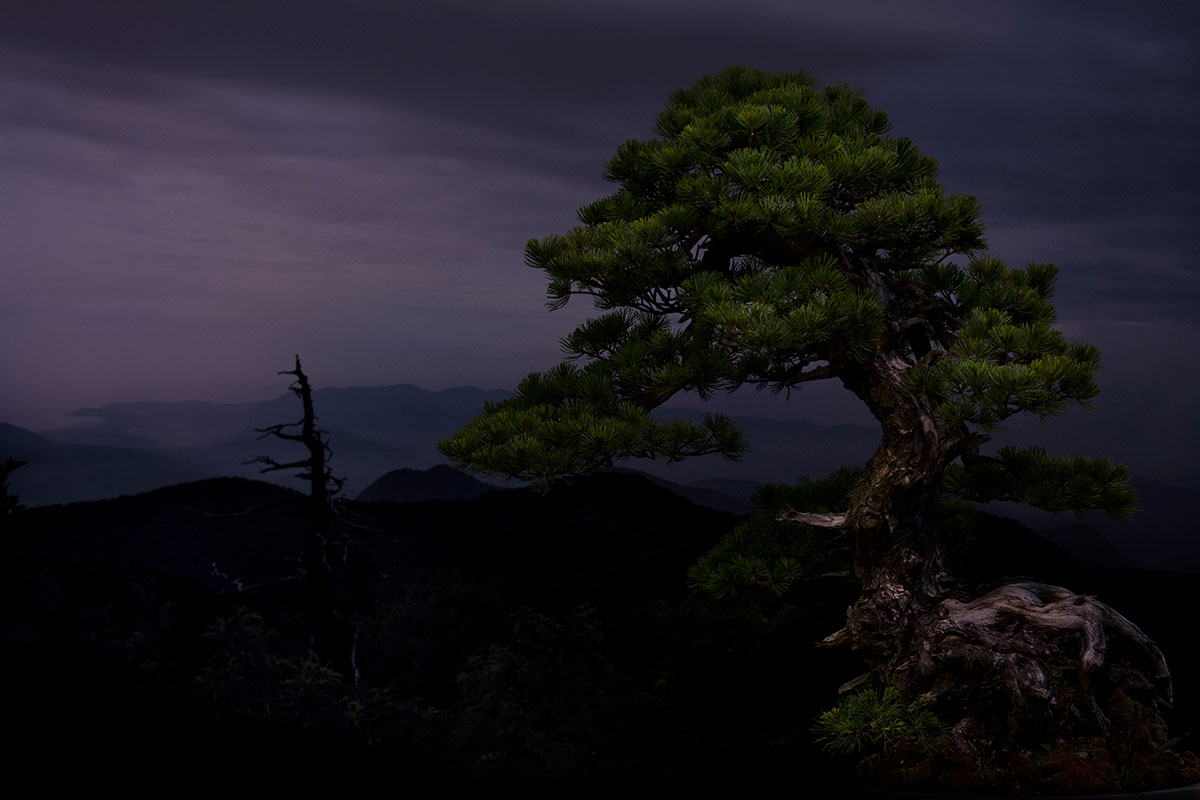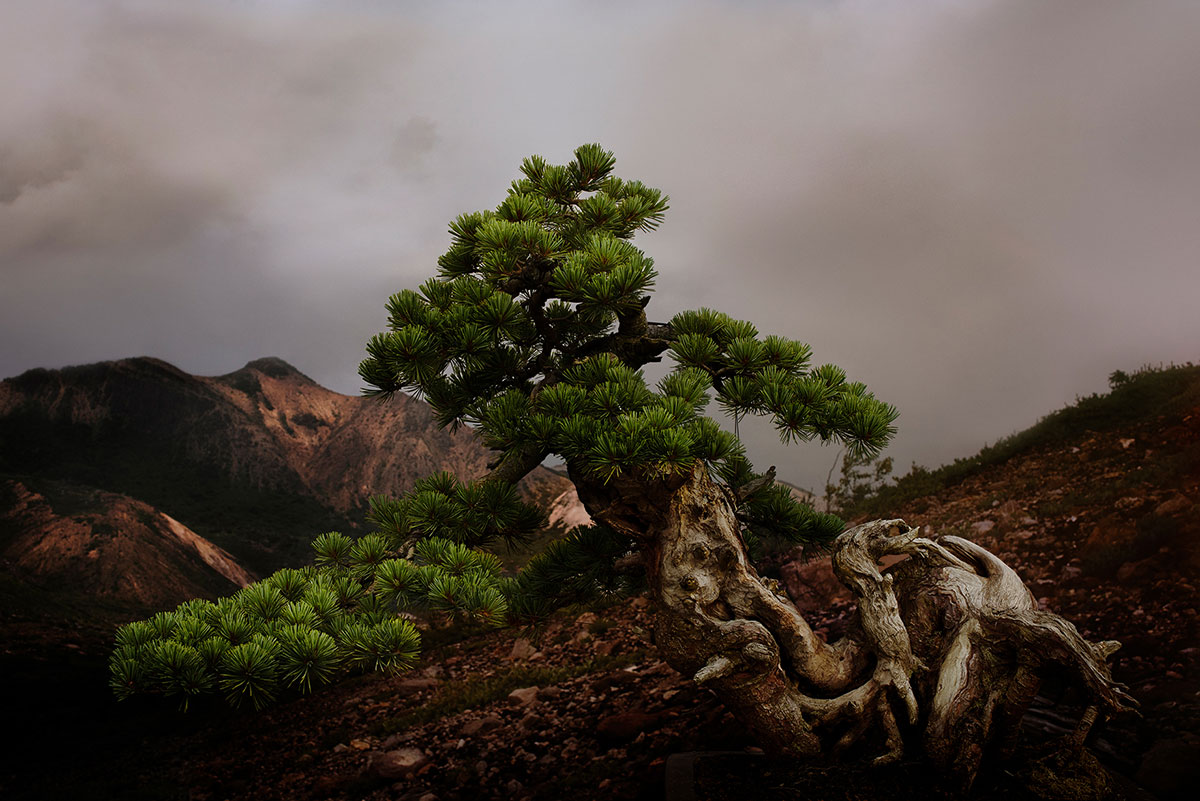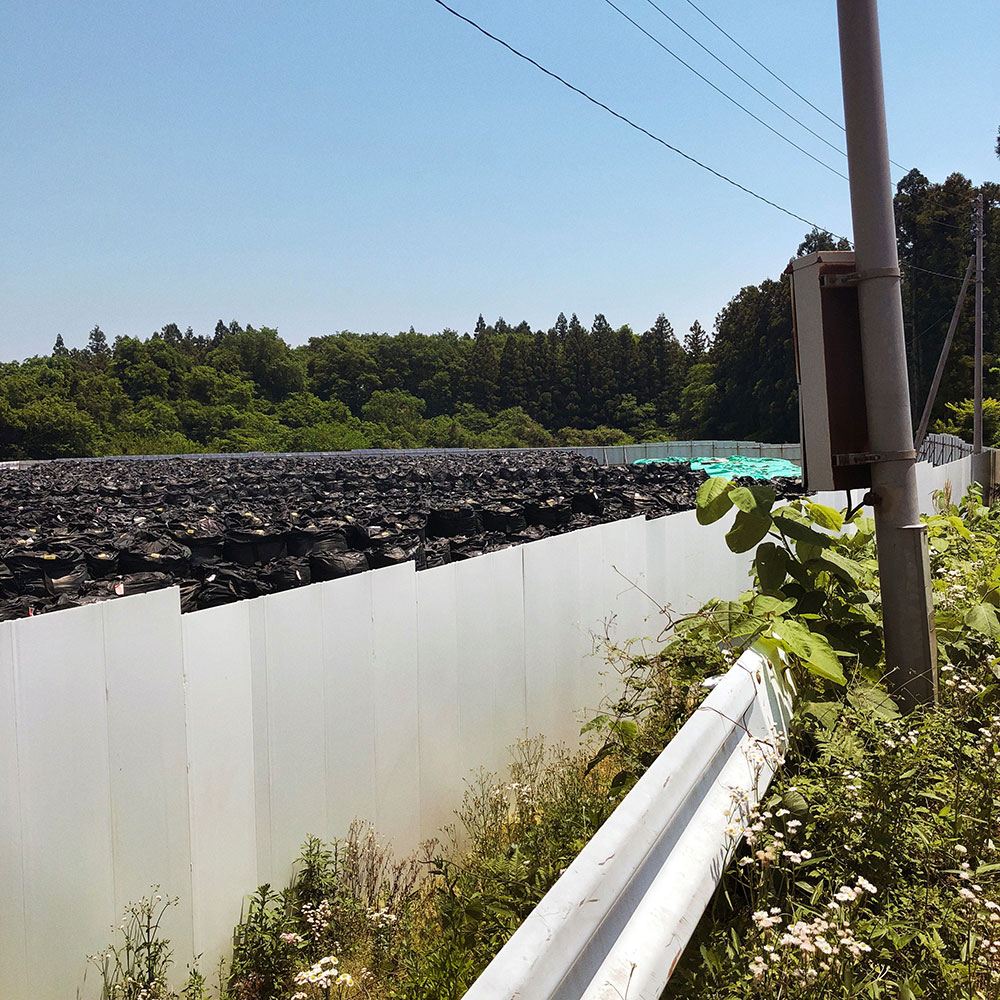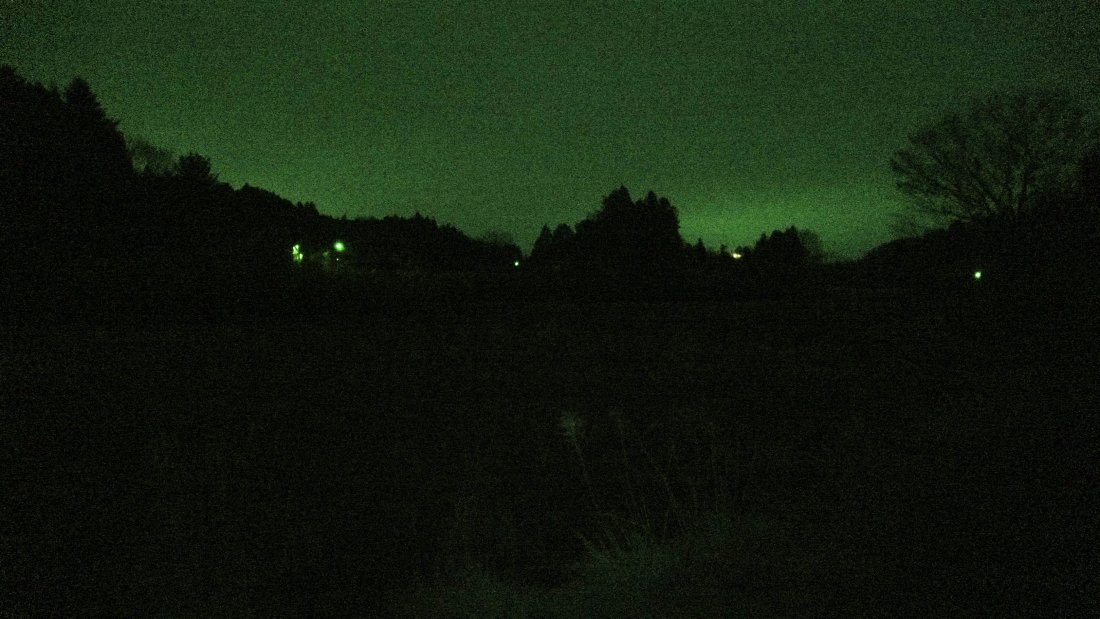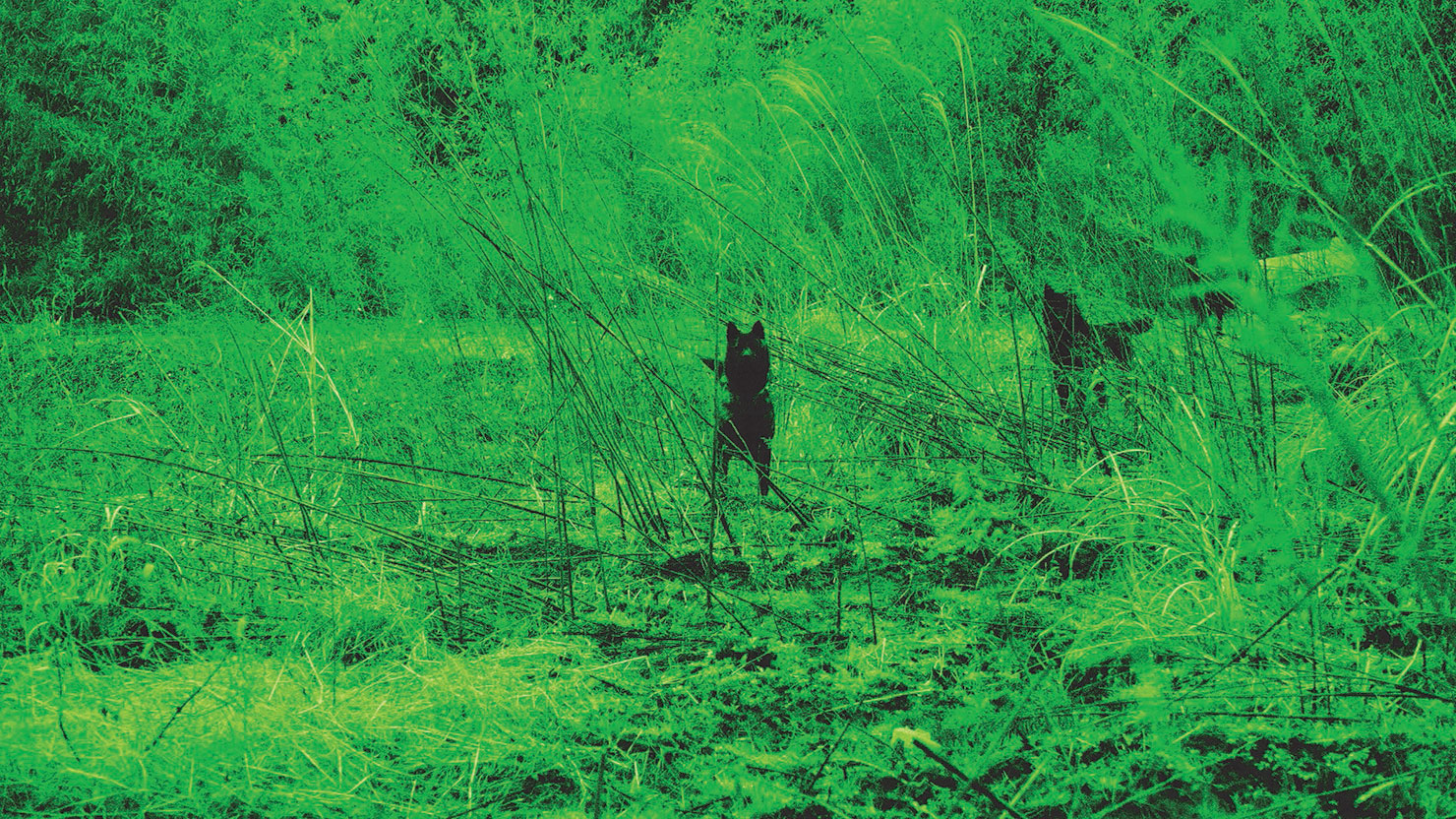PHOTO: Norbert Schoerner-The Nature of Nature. Fukushima Project
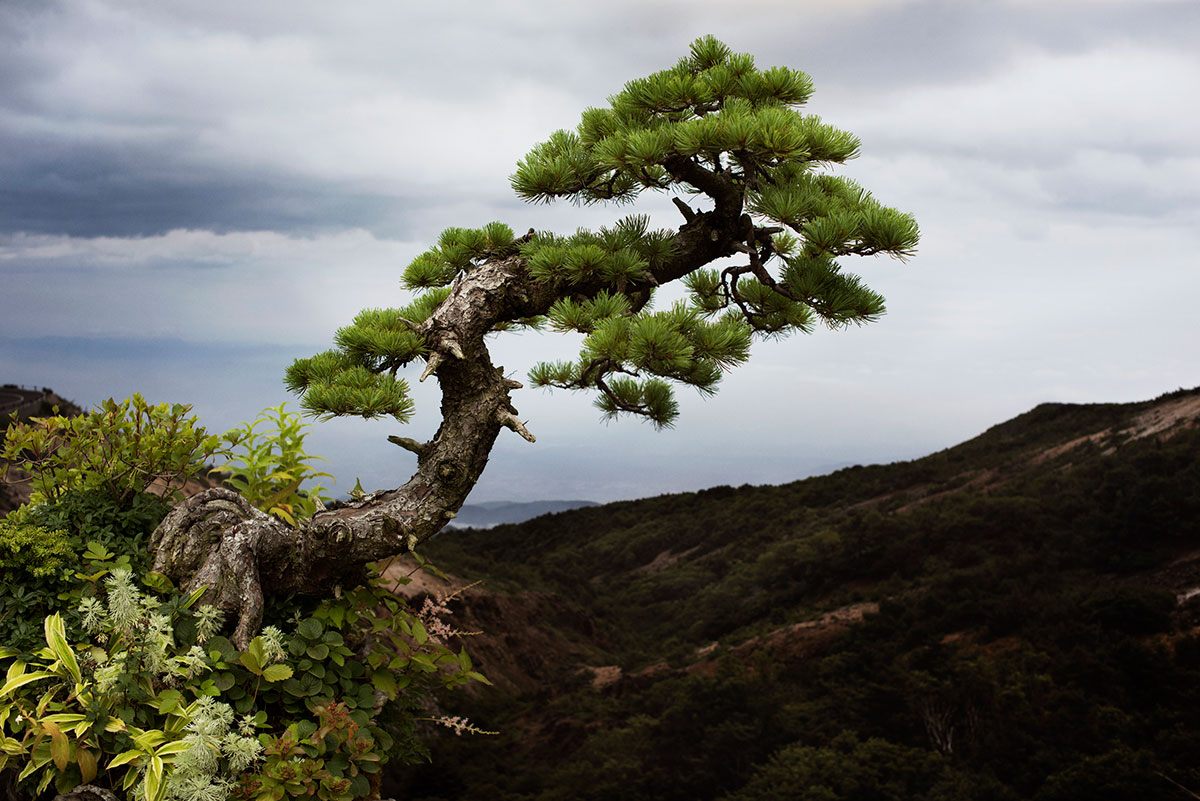 Norbert Schoerner is a German photographer, artist and filmmaker. In the early 1990’s he was one of the first photographers to experiment with digital post-production, a technology that he utilised to explore the depiction of alternate realities. Imbued with a cinematic aura, his photographs are deeply concerned with the narrative possibilities of image making. In 2014, he debuted his first short film, MADE, at the Cannes International Film Festival.
Norbert Schoerner is a German photographer, artist and filmmaker. In the early 1990’s he was one of the first photographers to experiment with digital post-production, a technology that he utilised to explore the depiction of alternate realities. Imbued with a cinematic aura, his photographs are deeply concerned with the narrative possibilities of image making. In 2014, he debuted his first short film, MADE, at the Cannes International Film Festival.
By Dimitris Lempesis
Photo: Museum Angewandte Kunst Archive
At first sight, Norbert Schoerner’s photographs in his solo exhibition “The Nature of Nature. Fukushima Project”, seem like studies of individual pine trees standing out against a barren, mountainous landscape of undulating peaks and dark cloud formations. However, closer inspection reveals something unusual. Instead of being rooted in the ground, the trunks of the pine trees end in receptacles reminiscent of the ceramic bowls typically used for growing bonsai trees. The supposed logic of the image – according to which the foreground and background depict a coherent space, a continuous reality – is fractured. The bonsais in Norbert Schoerner’s photographs were cultivated by the Abe family who live in the Azuma Mountains near Fukushima. For three generations, these masters – Kurakichi, his son Kenichi, and his grandson Daiki – have been growing bonsais from seeds. They use seeds from trees only to be found in the shadow of the volcanic Mount Azuma-Kofuji. To create these photographs, Schoerner climbed the mountain and took a series of landscape shots. Placed in front of large-scale prints of these pictures and photographed in the right light, the Abe family’s miniature pines look like fully grown trees. By photographing the bonsais in constructed dioramic surroundings, the artist seems to be returning the plants to their origins so that they can reach their true growth potential. Instead of dominating the tree’s powers, their liberation seems to emerge here, which would be in accordance with a Romantic relationship to nature. For this reason, the first room of the exhibition, and thus the starting point of the show, features a photograph of Caspar David Friedrich’s :Willow Bush in a Setting Sun” (1832/1835), which Norbert Schoerner photographed at the German Romanticism Museum in Frankfurt. The central concepts of Romanticism, such as subjective perspective and the chiaroscuro phenomenon, are evident in Caspar David Friedrich’s works. Subjectivity and individuality, the expression of feelings and the exploration of the depths of the human spirit play a central role in Romanticism. The construction of the pictorial space in terms of perspective offers a view of an imaginative space outside the picture.
Among other things, visitors encounter photographic diptychs and triptychs in the other exhibition rooms, which are reminiscent of Japanese folding screens. This division invites visitors to direct their gaze to the motifs – a view as if looking out from a Japanese building onto a landscape. As the viewer’s gaze wanders through the exhibition, it becomes impossible to view these works without considering the ecological impact of the catastrophe that occurred at the Fukushima Daiichi nuclear power plant on March 11, 2011. The exhibition offers a direct confrontation with the destructive consequences of this event and with humankind’s attempts to use and control nature for its own purposes. One example is Schoerner’s short film “Occursion” (2020), shot on an abandoned farm near Tomioka, Fukushima, about 15 kilometers from the Daiichi nuclear power plant. Here, the photographer used the green glow of a night vision camera to depict the abstract omnipresent radiation that permeates the flora and fauna of the former restricted zone. The images shown are accompanied by a soundtrack by Ferdinand Grätz composed of feedback signals, samples of the ubiquitous Japanese “5pm chime” (daily signal test by the Municipal Disaster Management Ra dio Communication Network), distorted sound textures, and modified original sounds recorded at the former homestead. The film shows horned cattle feeding on rampant pastures consisting of irradiated cellulose. A pack of dogs stares into the artist’s camera. They may have been pets at one point. In the distance, viewers see the lights of Daini (Fukushima II), the sister plant to Daiichi (Fukushima I), which survived March 11 without a nuclear meltdown or explosion. At the end of the exhibition, visitors encounter two images of an enclosed site stacked with black plastic garbage bags containing irradiated topsoil collected from public land after the Fukushima Daiichi nuclear accidents. The inconspicuous bags, normally used to dispose of harmless household waste, are evidence of a staggering inability to come to terms with the complexity of the events of March 11, 2011, and their aftermath. The Japanese idea of the whole being contained in the small is expressed very tangibly in the bonsai. In the small universe of the miniature plant, the much larger actual nature is preserved in its entirety. The potential of real nature is captured here. Accordingly, the bonsai, as a miniature of nature, has the same amount of information as real nature, to which it stands in a relationship of similarity. This is a unique method of controlling the forces of nature without banishing the power of nature or weakening its forces. In the Japanese conception, the bonsai is thus not in opposition to nature.
Download the catalogue here
Photo: Norbert Schoerner, from the series “The Nature of Nature. Fukushima Project”, © Norbert Schoerner, Courtesy the artist and Museum Angewandte Kunst
Info: Curator: Prof. Matthias Wagner K, Museum Angewandte Kunst, Schaumainkai 17, Frankfurt, Germany, Duration: 14/5/2022-1/2/2023, Days & Hours: Tue, Thu-Fri 12:00-18:00, Wed 12:00-20:00, Sat-Sun 10:00-18:00, https://www.museumangewandtekunst.de/
